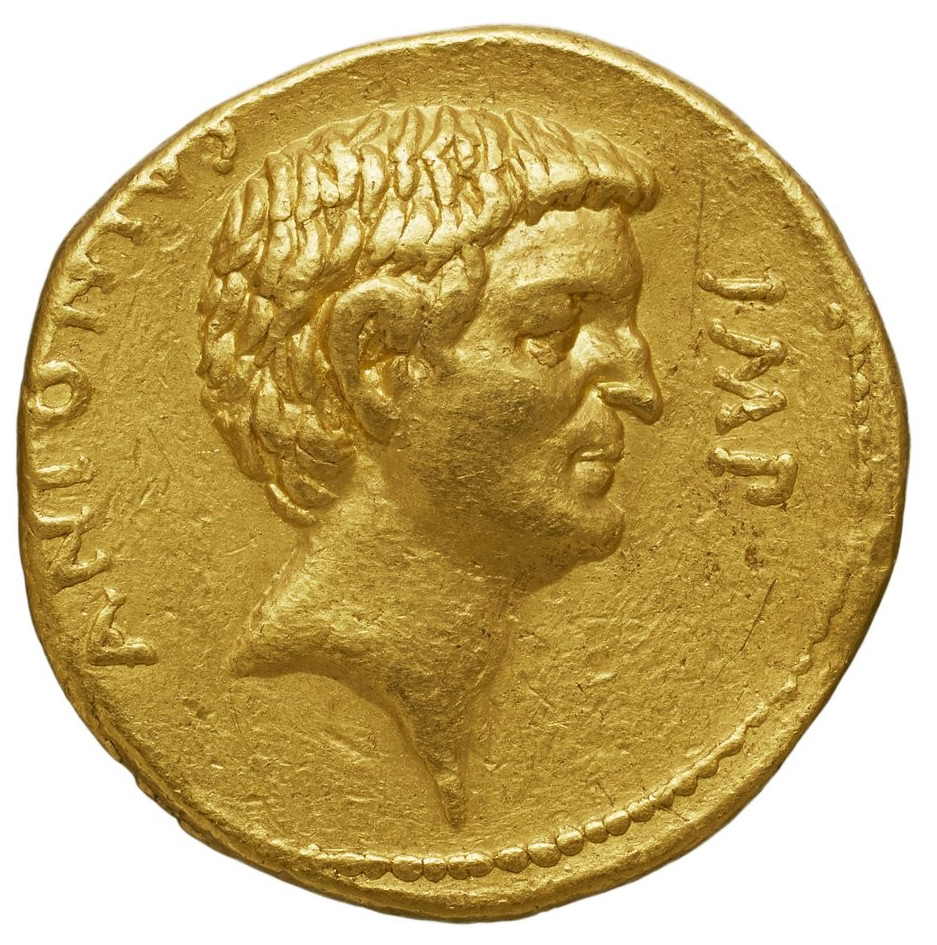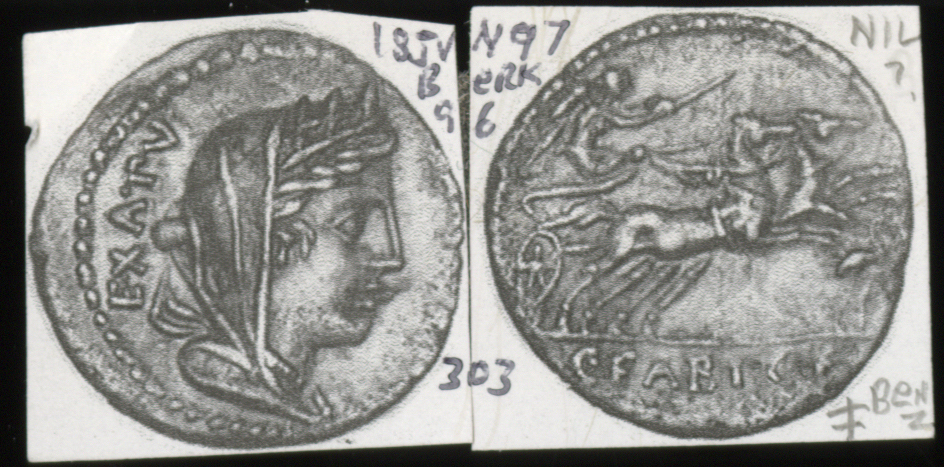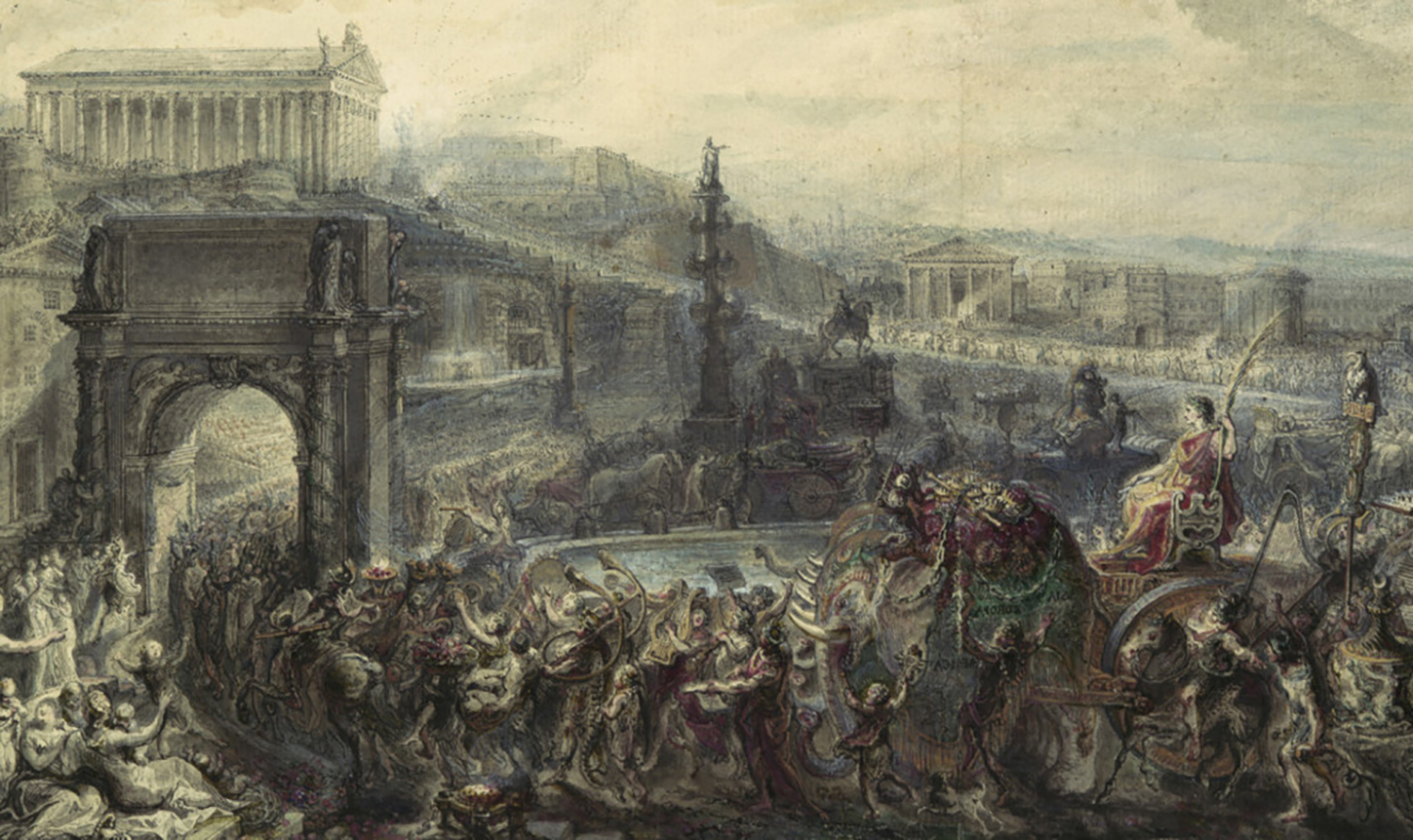Cistophoric Mysteries of Laodiceia-ad-Lycum
by Gregory Callaghan
One of the traditional lectures of the Eric P. Newman Graduate Seminar in Numismatics is entitled “Cistophoric Mysteries.” It is an apt name for a lecture dedicated to the cistophoric coinage of Asia Minor. Known as one of the ugliest coins ever produced, the cistophorus was introduced by the Attalid dynasty on a reduced silver standard, somewhere between 190 and 160 BCE. And that is more or less all that we agree on, with the exact date of its introduction, its nature of production, and to what degree it was a closed currency system still debated. But if we still scratch our heads at the nature of the early cistophoric coinage, this is nothing compared to our ignorance of the late cistophoric coinage. From ca. 105–60 BCE, a generation after the end of the Attalid dynasty, several Anatolian mints issued a second series of cistophoric coinage, which was followed by issues produced by these same mints under the direction of Roman magistrates. It is only now that these later issues of cistophori have begun to receive the scholarly attention they deserve. Helped in particular by the generous bequeathal of Rick Witschonke’s collection of cistophori to the ANS—undoubtedly the finest single collection of the coins in the world—Lucia Carbone and William Metcalf have forthcoming studies that investigate the late cistophori of Tralles and the Proconsular Cistophori, respectively.

My project for the graduate seminar picks up on these recent studies by examining the late cistophori of Laodiceia-ad-Lycum. This city is described by Strabo as one of the two great cities of Phrygia, along with Apameia—another late cistophoric mint. Hoard evidence suggests that it began minting cistophori around 90 BCE, and continued into the 60s BCE, when the mint switched from seemingly civic issues to issues stamped with the authority of the Roman proconsuls. My die study of the coinage shows that the mint had a stable output of cistophori through both periods of production. This may seem unremarkable, until we place this in a greater context, both chronologically and geographically. Under the Attalids, Laodiceia produced only 4 identified obverse dies, less than 2% of total cistophoric production. Yet it produced 46 identified obverse dies in the late cistophoric period. Furthermore, in the period of late cistophoric production, Laodiceia produced less than 10% of the total cistophori minted in the province, but it produced over 20% of the proconsular cistophori.

These substantial changes between periods of production need be explained. Until we have more complete studies of all the mints of the late cistophoric period, we can do little more than speculate. But it seems that around 90 BCE, something occurred at the local level that resulted in Laodiceia springing from a mint hardly worth mentioning, to one producing at the level of its more established neighbor, Apameia. In the decades that followed, as we become more certain of Roman oversight, it is clear that a Roman provincial policy developed that maintained the cistophoric production of Laodiceia, while dramatically cutting the production of other mints. My study of Laodiceia can do little more than draw attention to the existence of these situations, and cannot pinpoint the explanation behind them, but it does provide an important piece of the puzzle that I hope can be completed with the addition of further pieces as more of the late cistophoric mints are subjected to similar scrutiny.
Gregory Callaghan is a PhD Candidate in Ancient History at the University of Pennsylvania, and a Kolb Fellow of the University of Pennsylvania Museum of Archaeology and Anthropology. Greg has a wide range of research interests, including Roman Republican politics and the evolution of Athenian democratic institutions. His main focus, however, is the international relations of the Hellenistic Period. His dissertation applies IR theories of status hierarchy and regional powers to the growth of the Attalid kingdom, examining Attalid foreign benefactions through epigraphy and archaeology.





